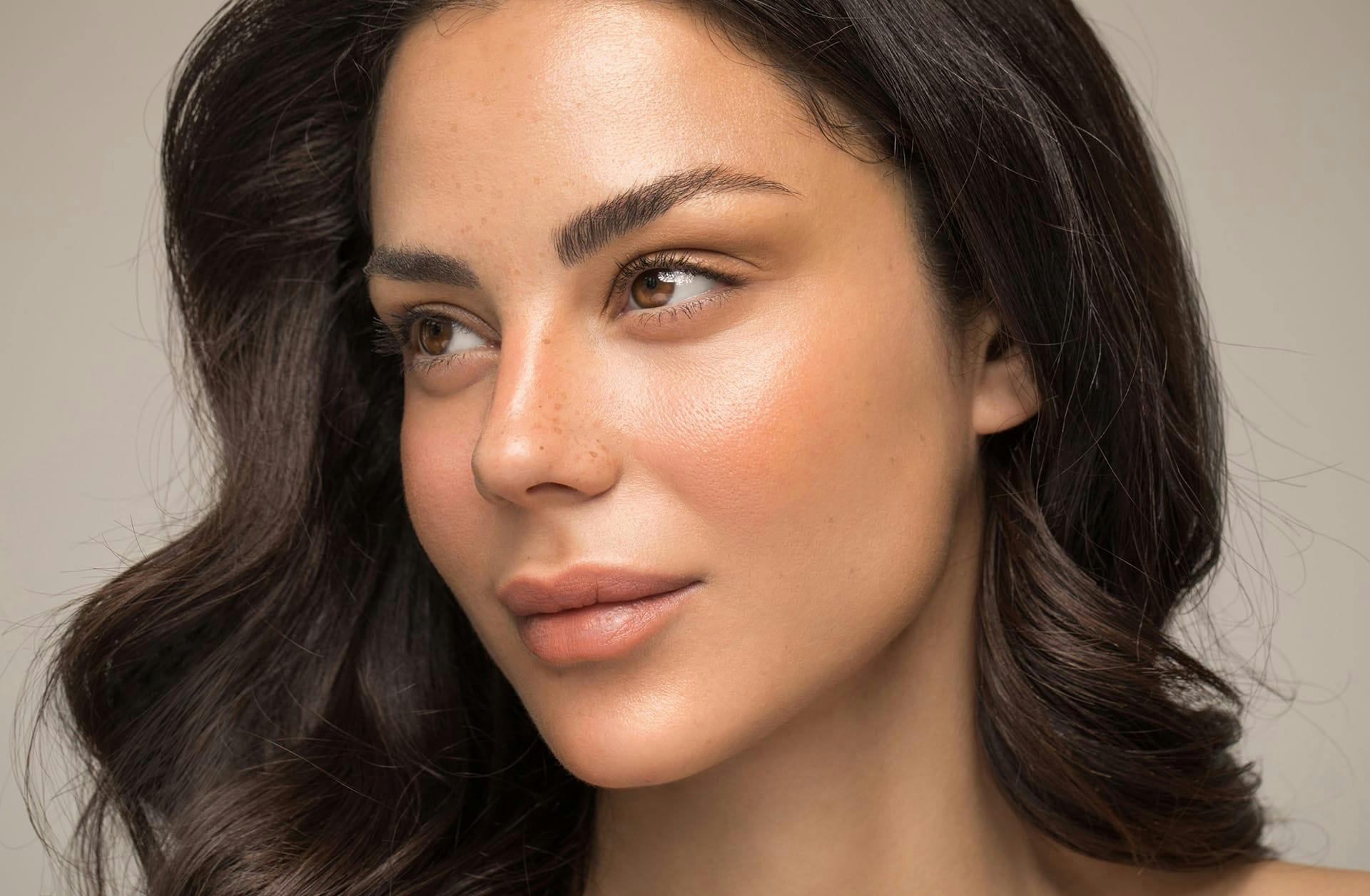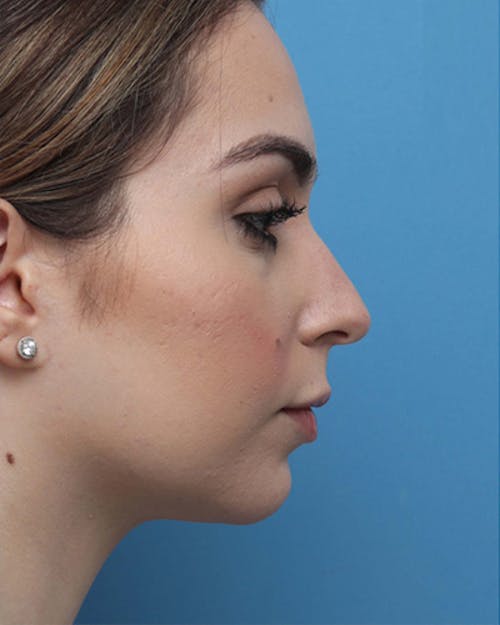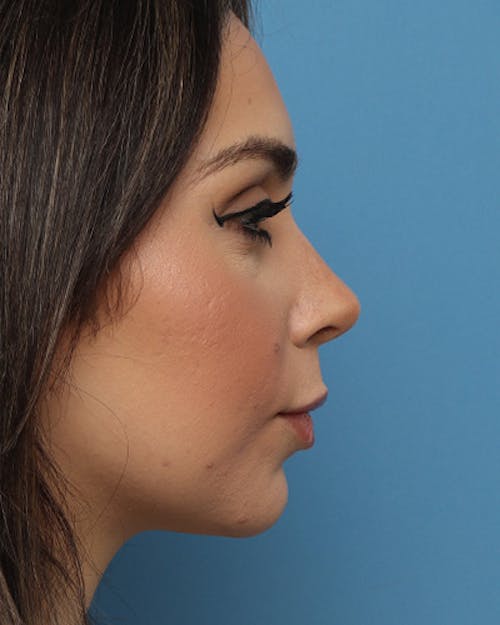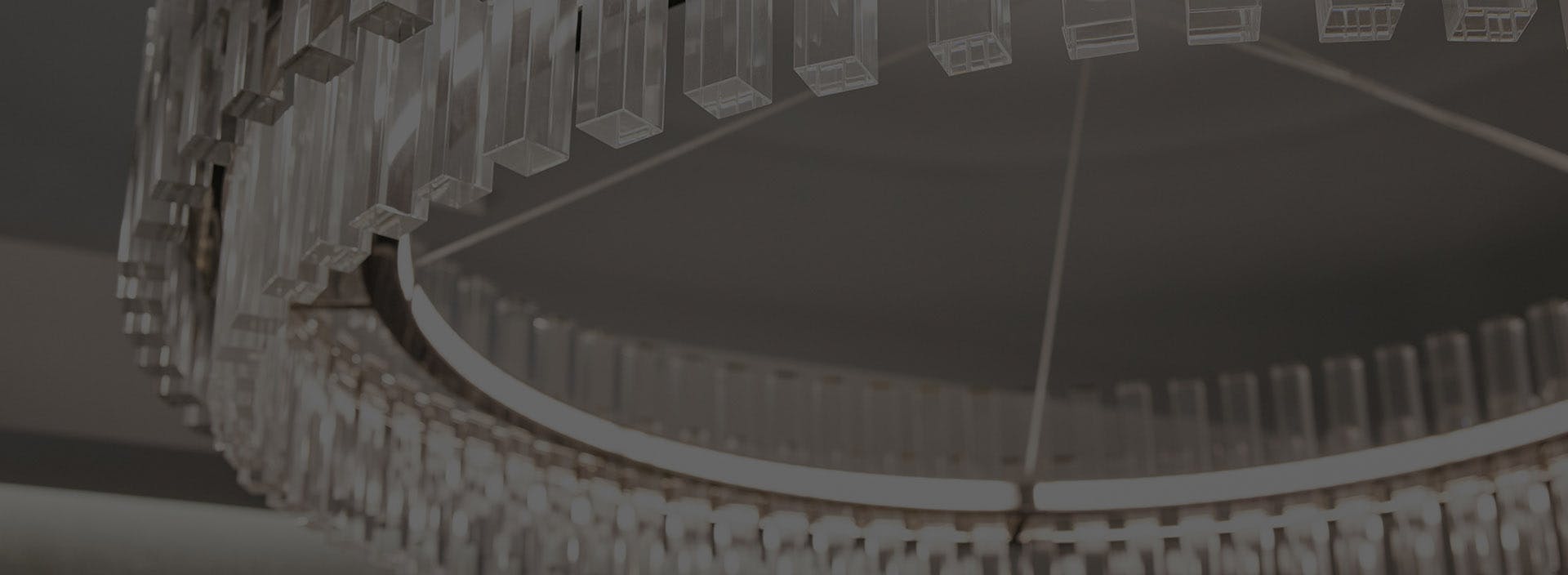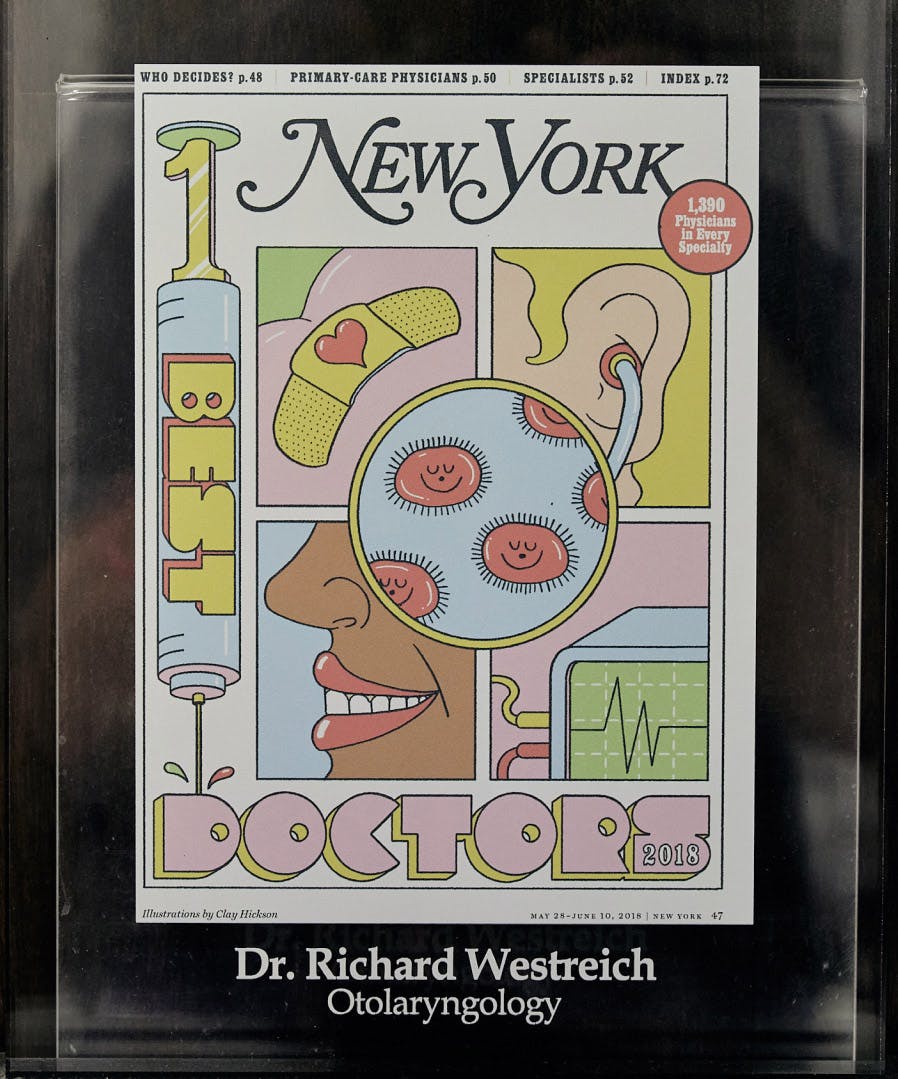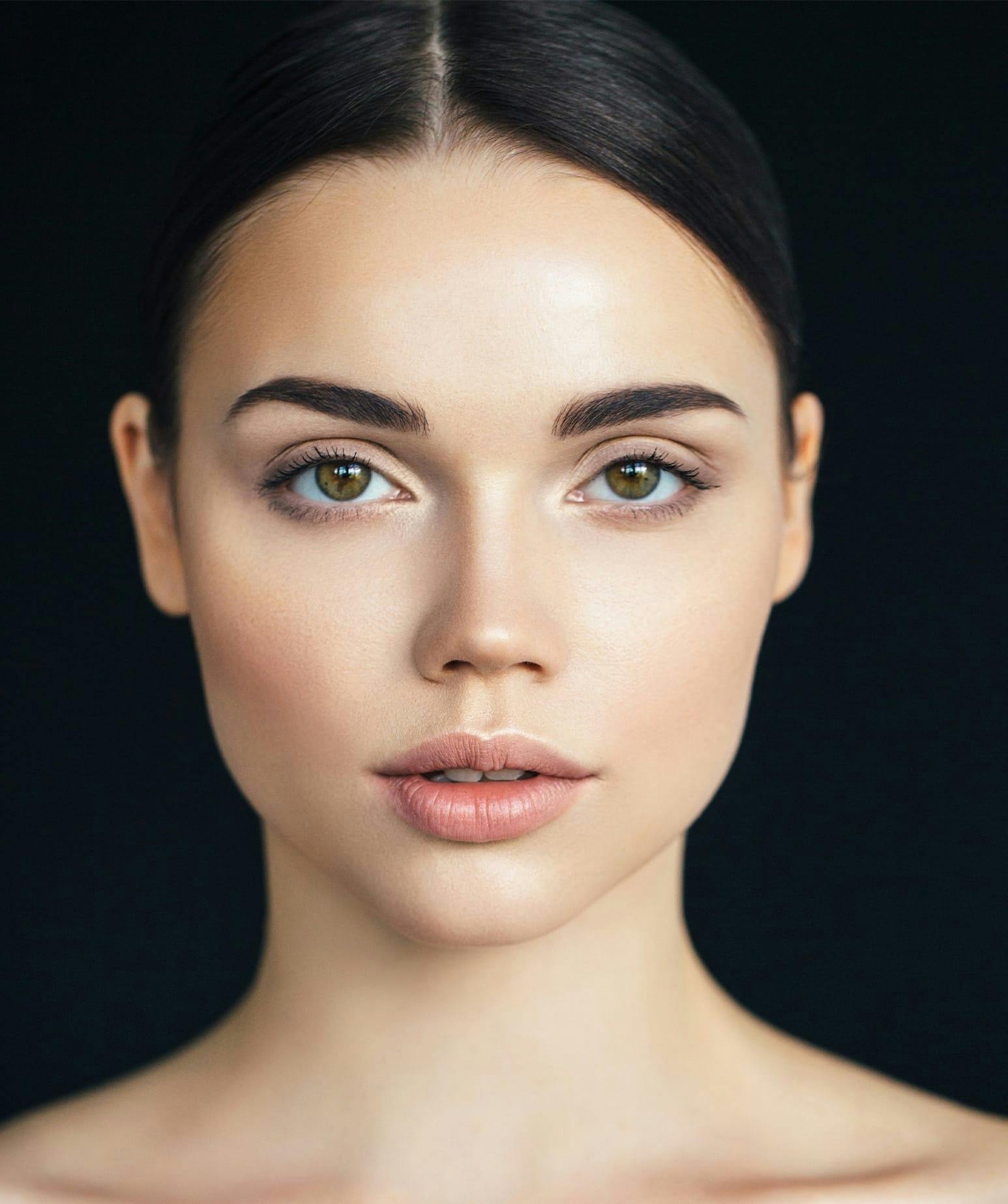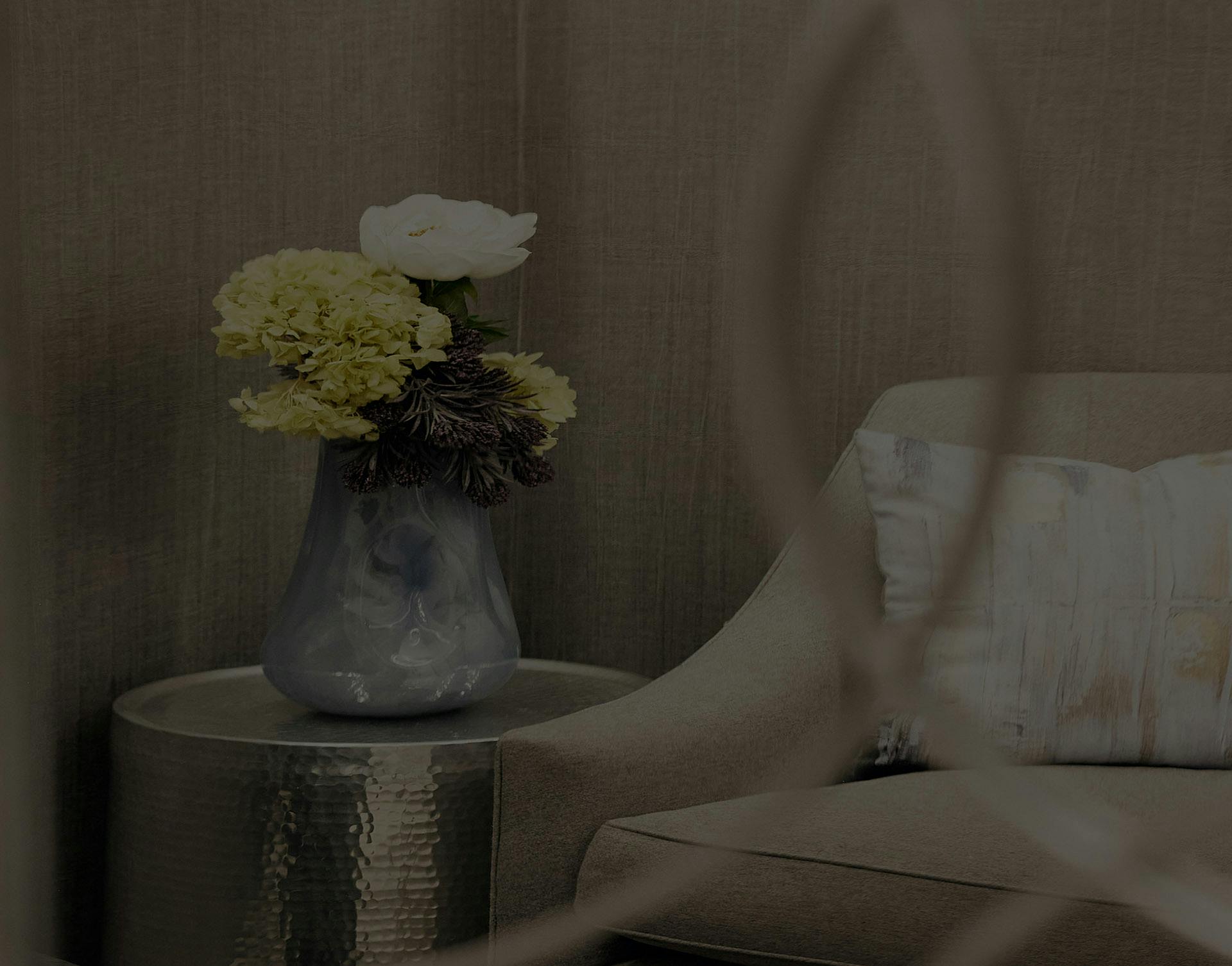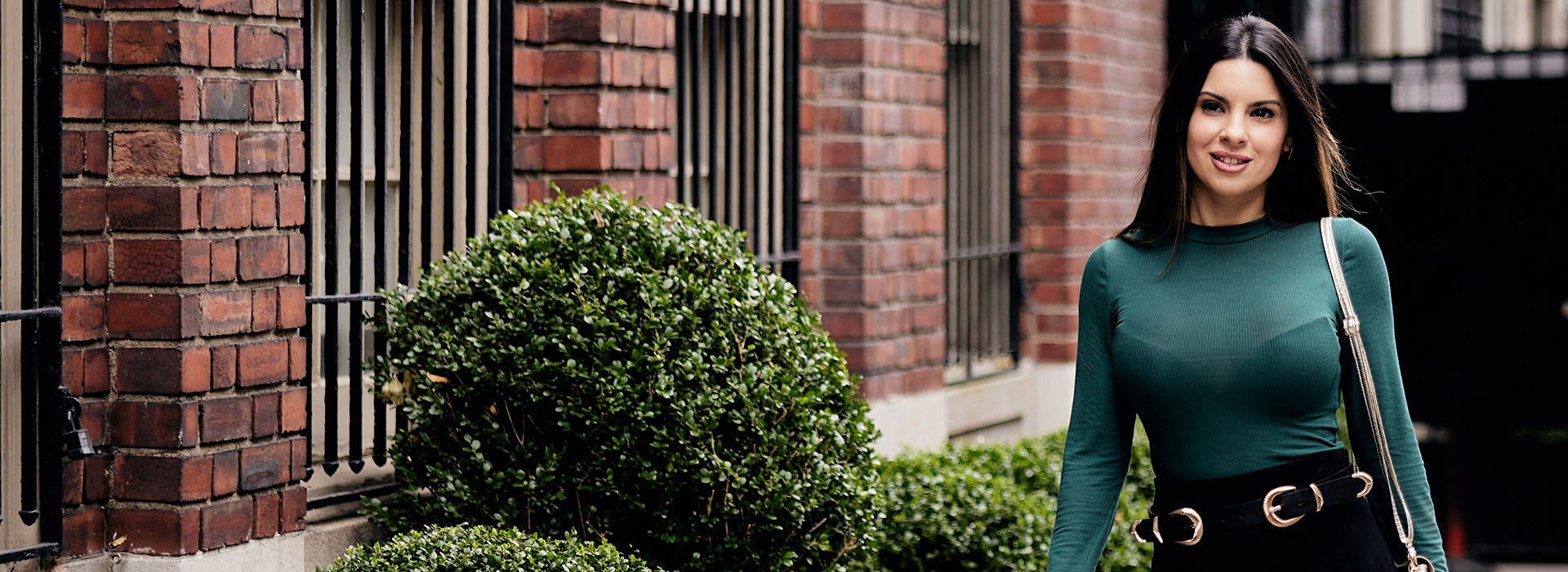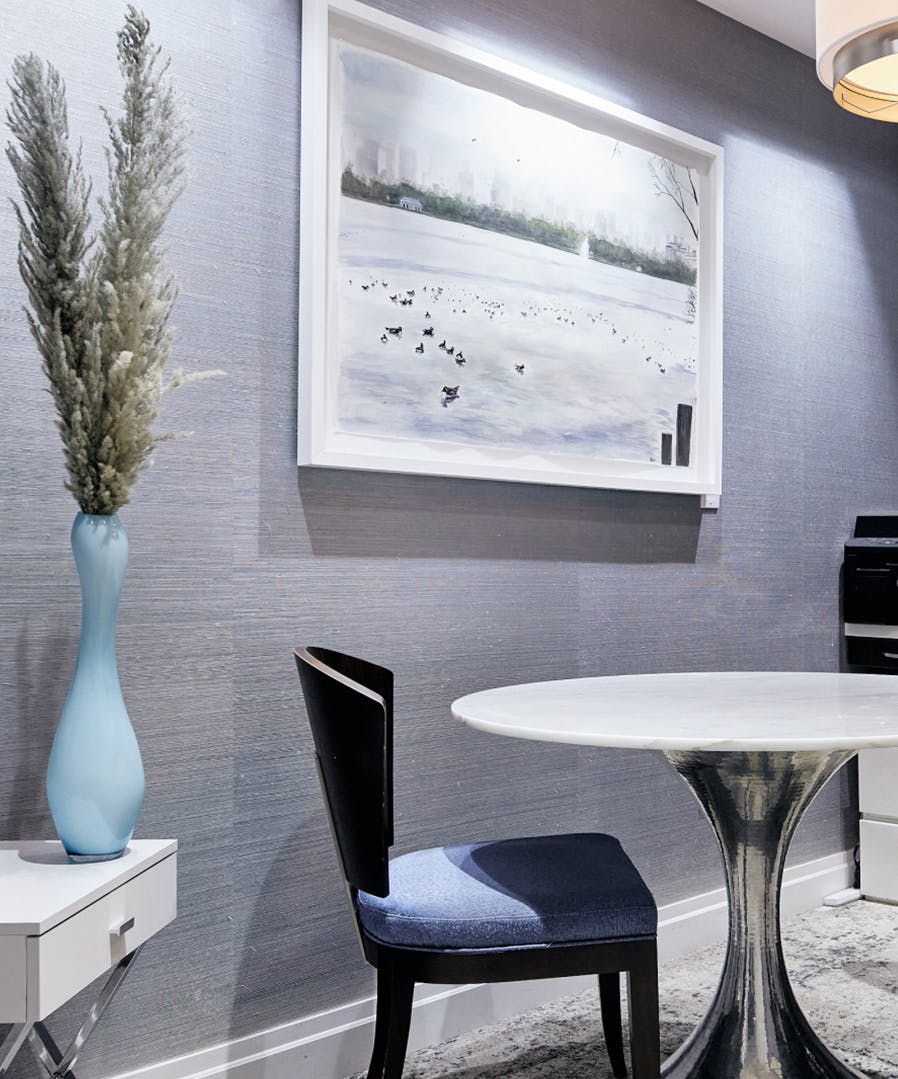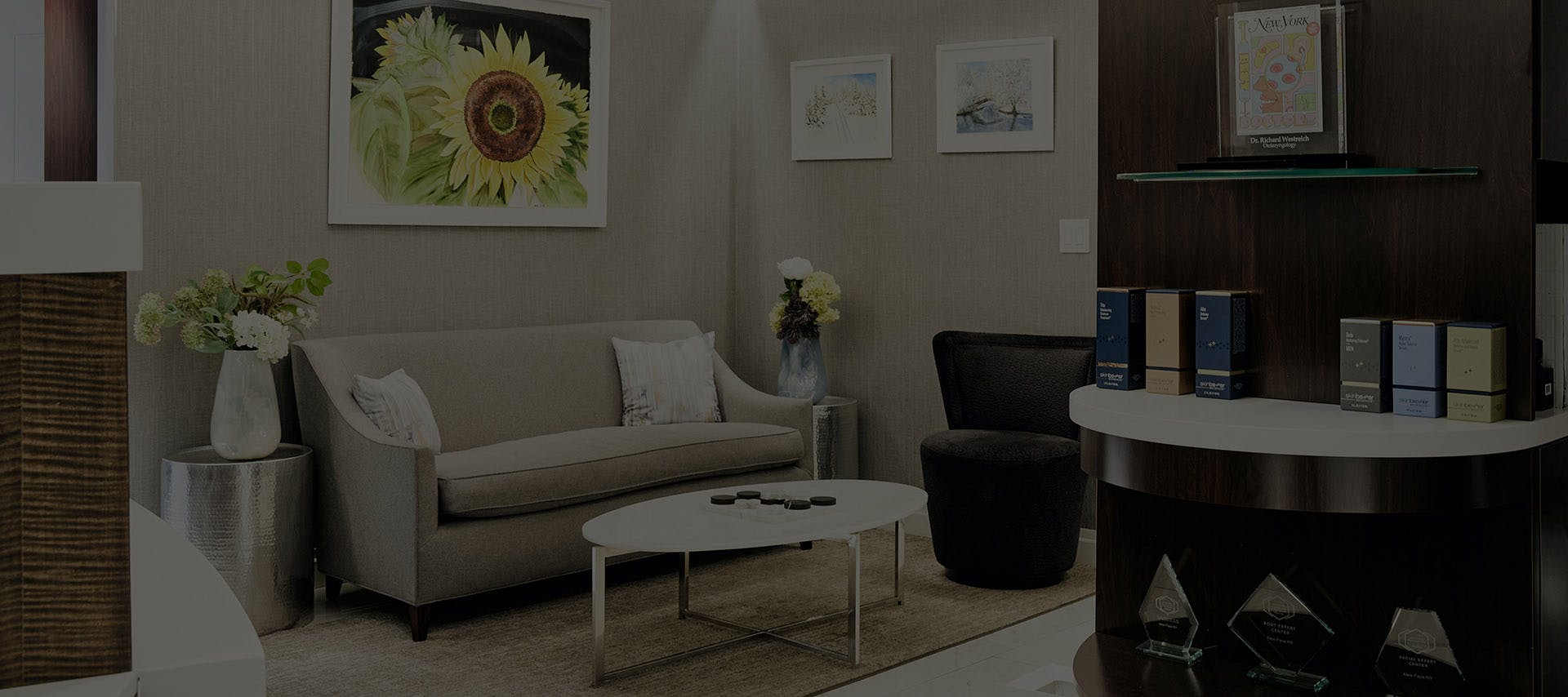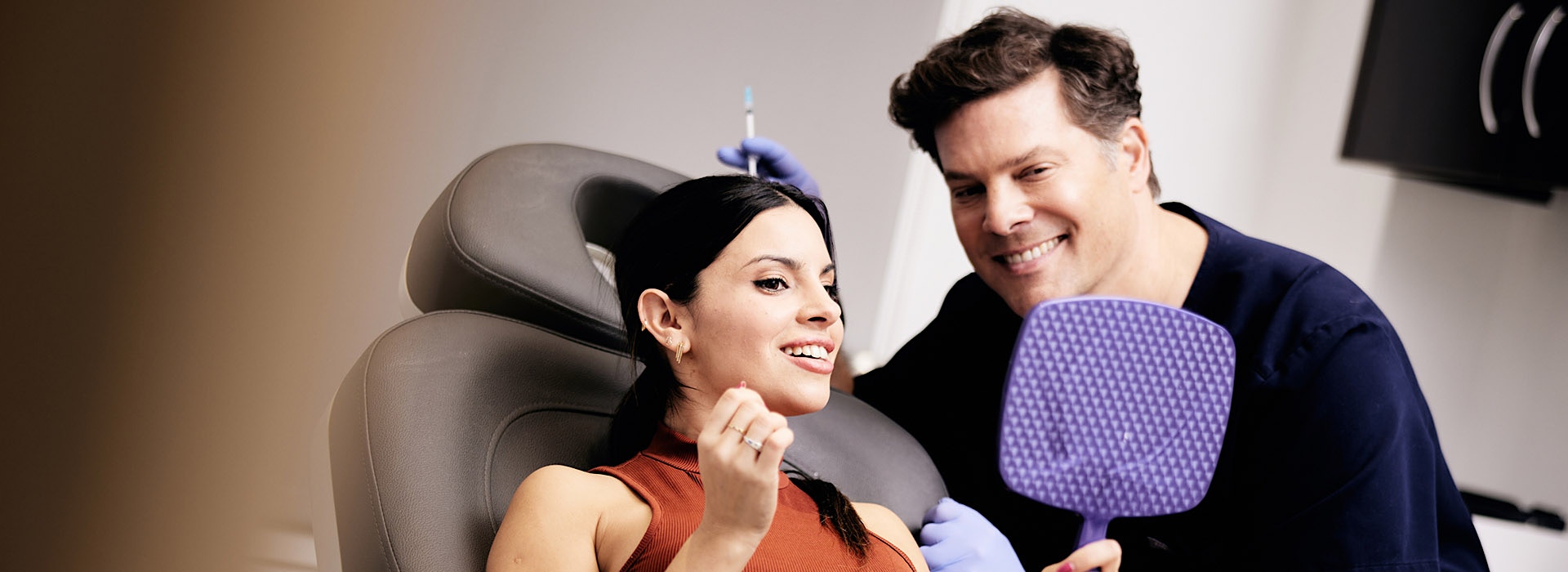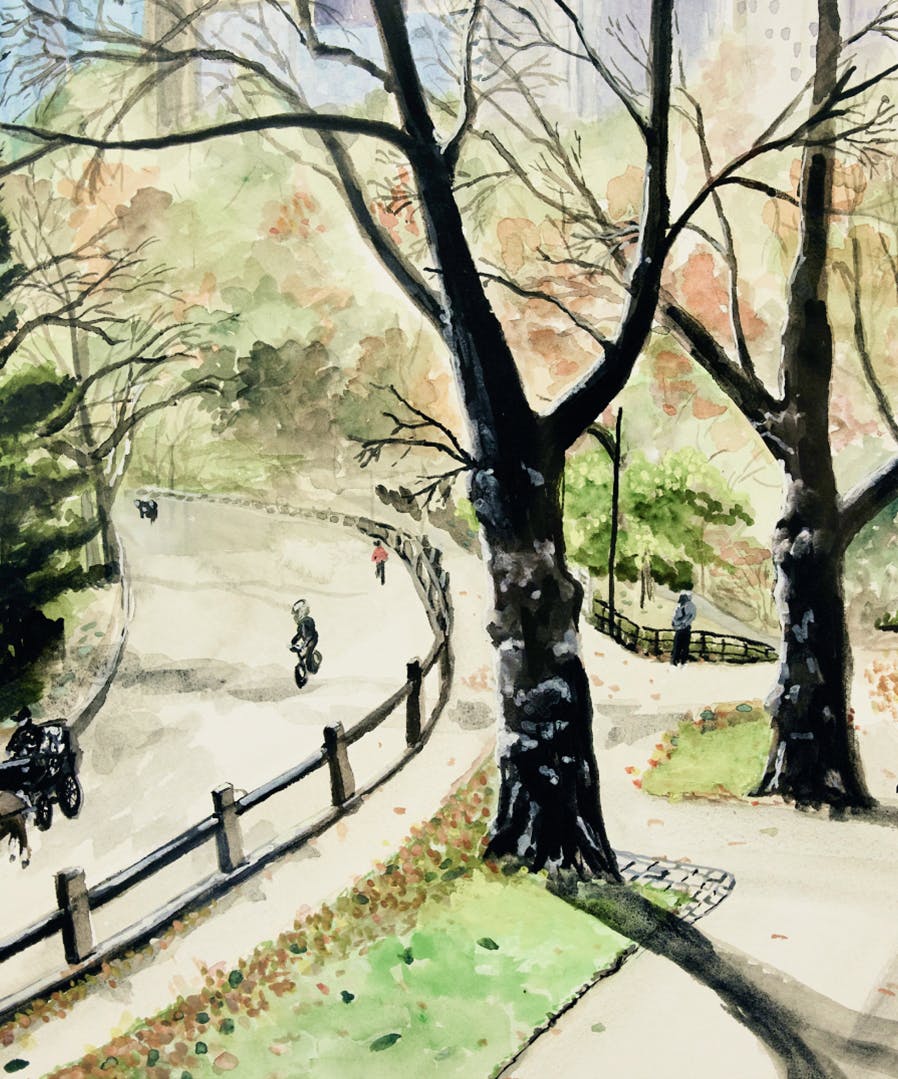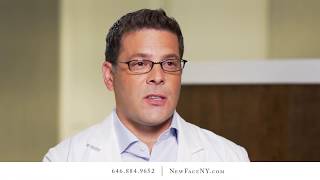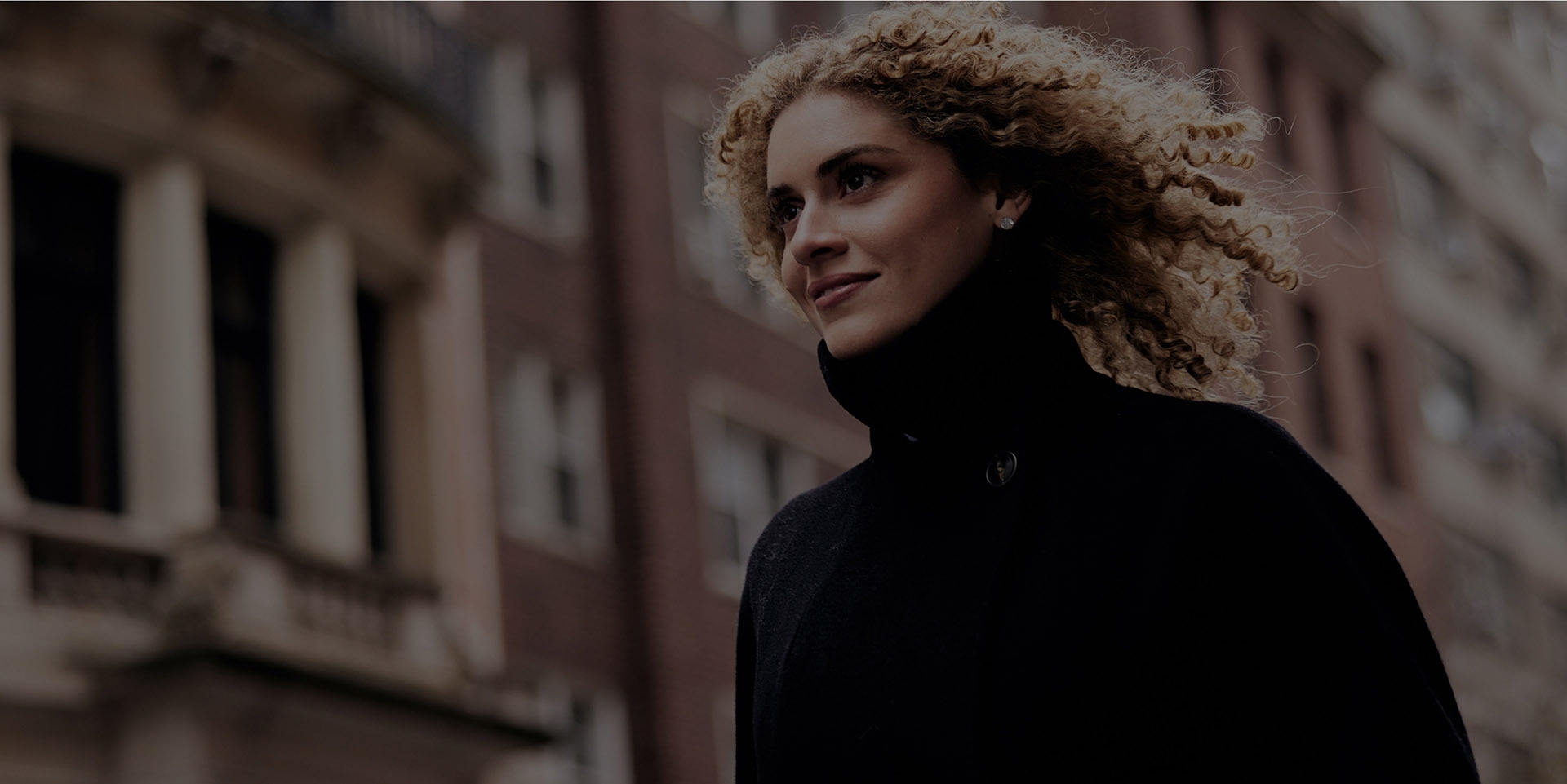Swelling and bruising are completely normal and even expected after rhinoplasty. In the initial phase of your recovery, you may have bruising around the eyes, tenderness of the nose, and swelling and puffiness of the face. Cold packs can help reduce the swelling, and medications will be provided to control any post-surgical pain.
Dr. Westreich's unique use of Exparel sets his rhinoplasty procedures apart. He administers this injection at the conclusion of each surgery, providing pain relief for up to three days, which extends beyond the period when rhinoplasty patients typically experience significant discomfort. This approach not only allows for a faster recovery time in the recovery room but also enables patients to return home more promptly on the day of the surgery. Additionally, it reduces the need for a significant amount of narcotics during the recovery process, resulting in decreased instances of nausea and a lower risk of constipation.
You will return home after the procedure with a splint on your nose, which will remain in place for approximately one week. Most patients report that recovery from rhinoplasty is more uncomfortable than painful.
Dr. Westreich advises all his patients to plan accordingly, as the recovery period is a crucial aspect of a rhinoplasty. You will likely need to take off from work or school to rest for the first week of your recovery and should refrain from strenuous physical exercise for at least 2-3 weeks after your nose job. Positive results will be seen gradually and can take a full year before they are completely visible.
